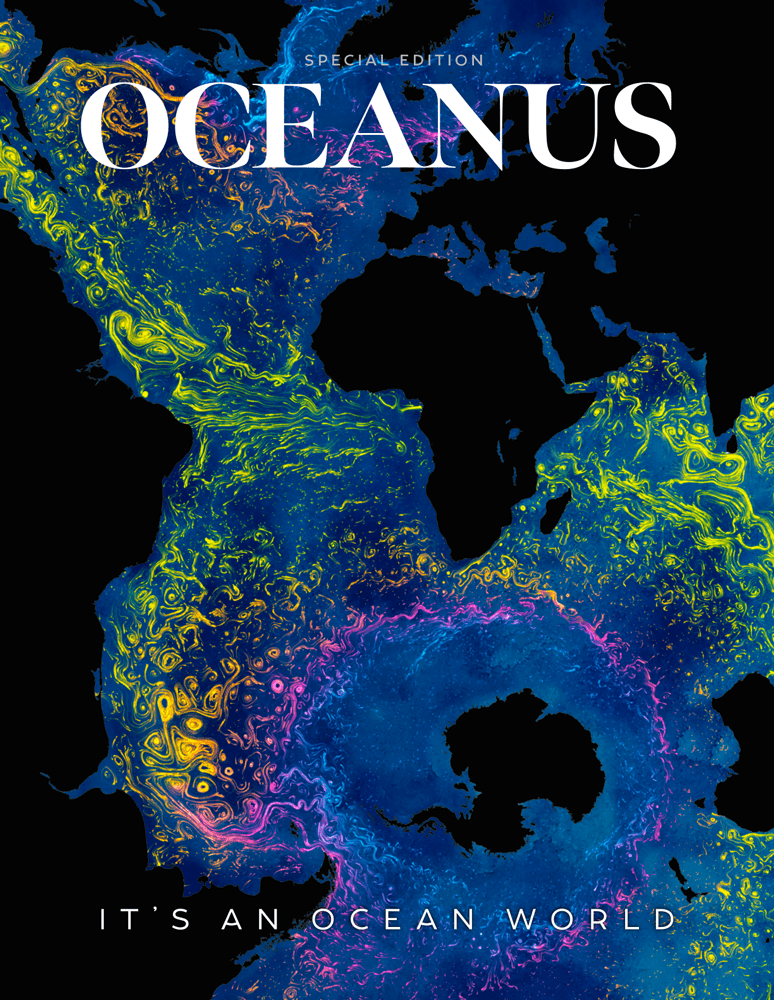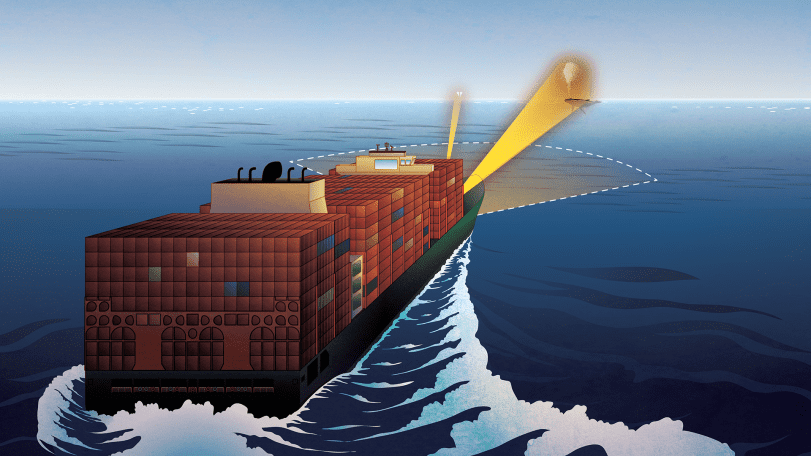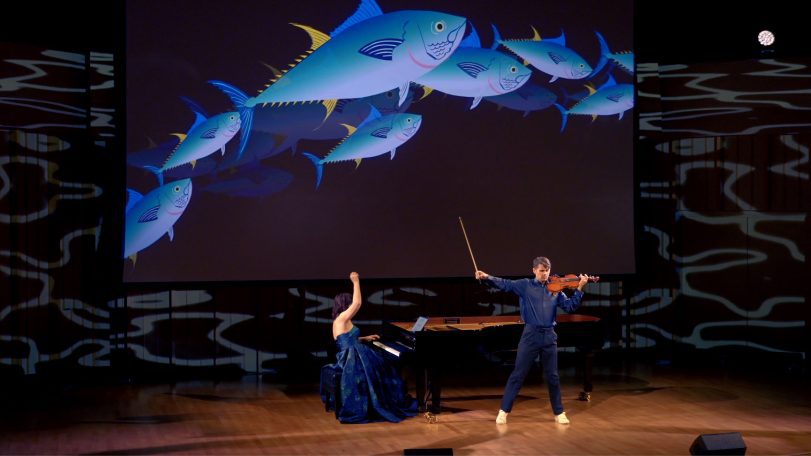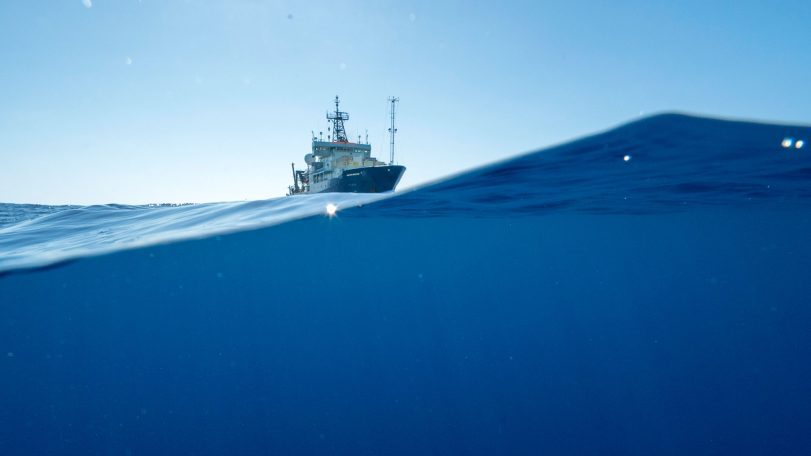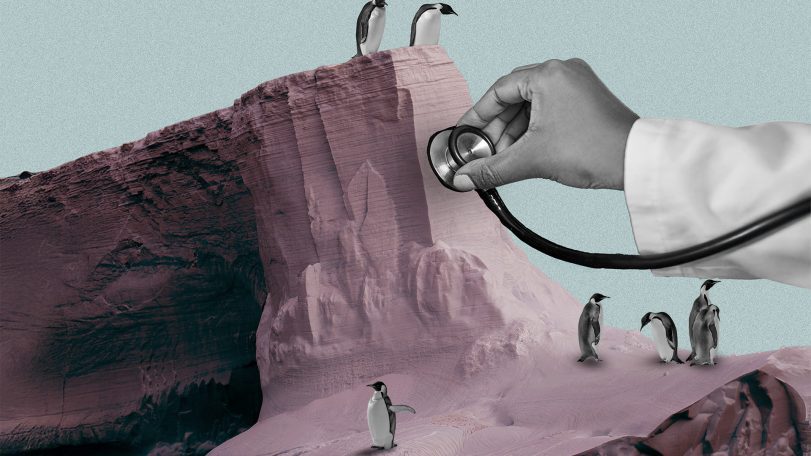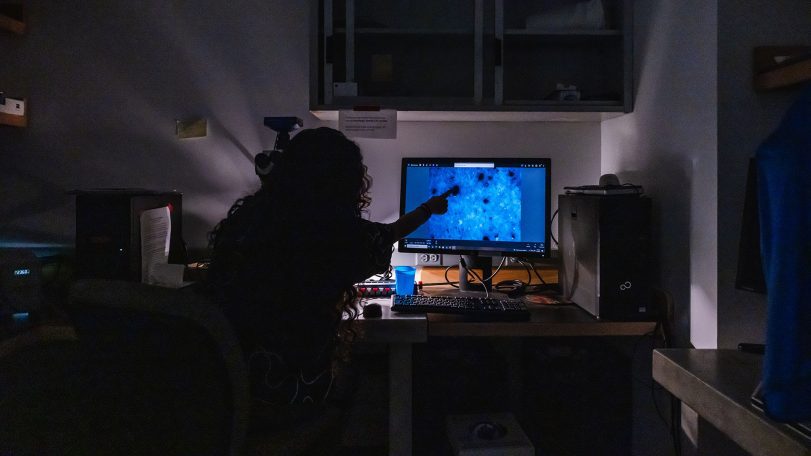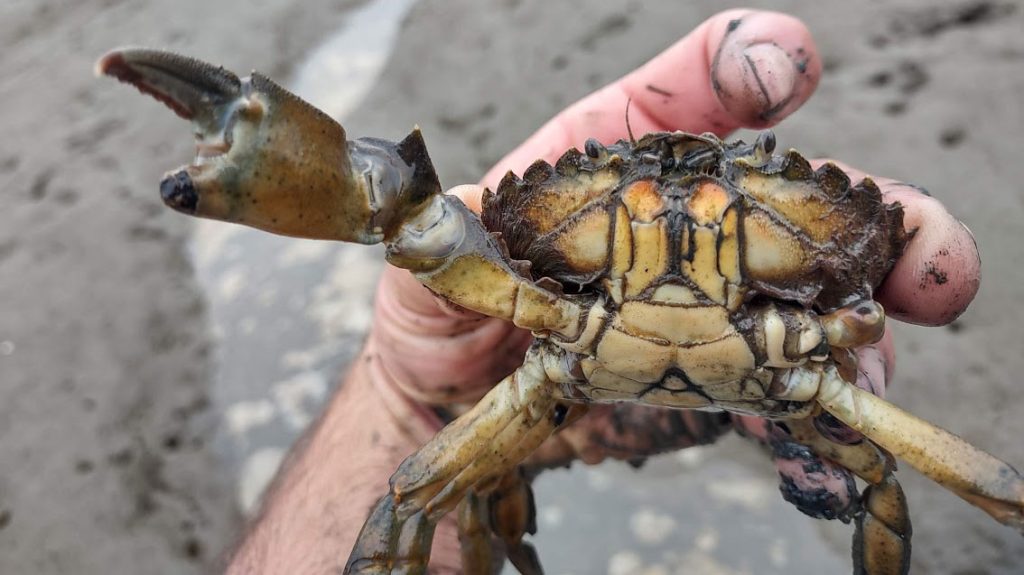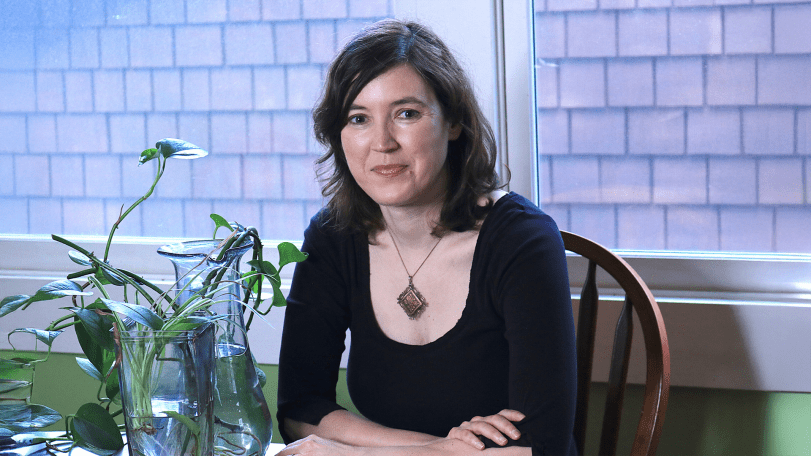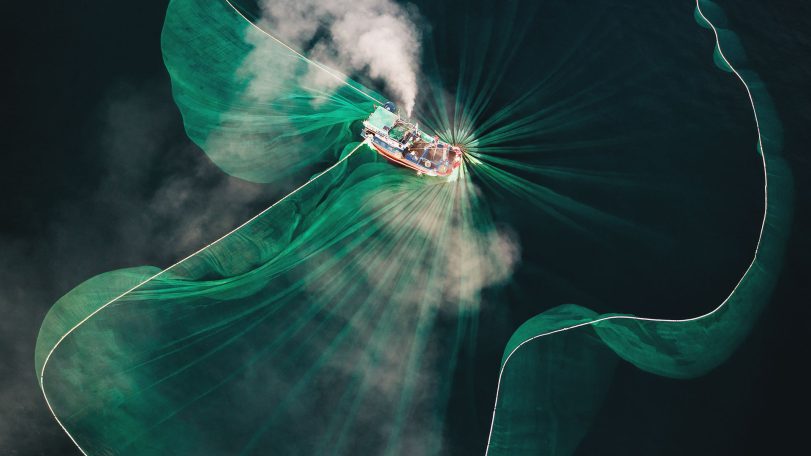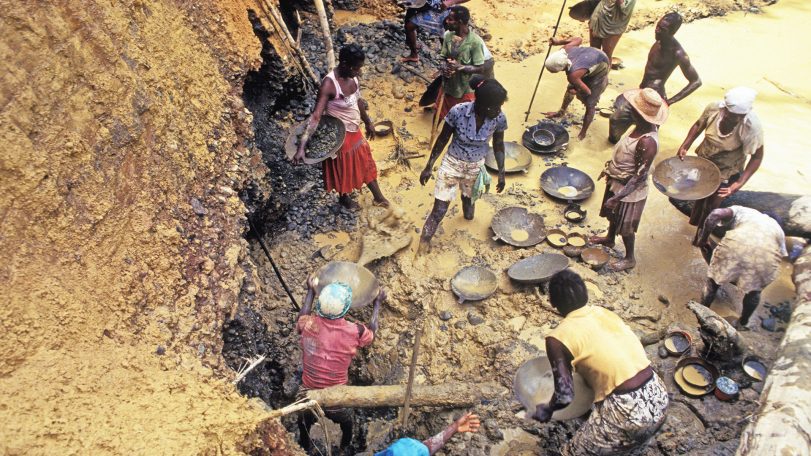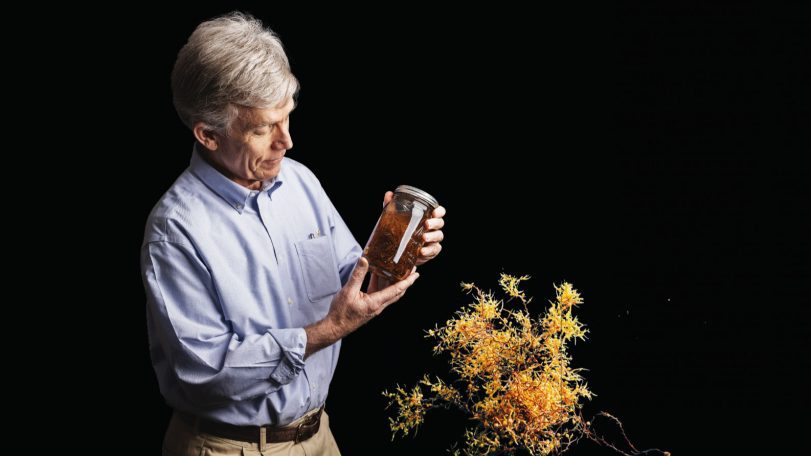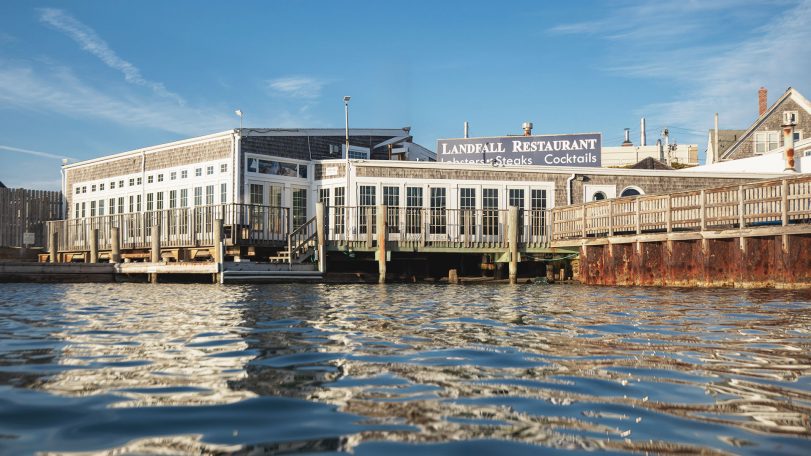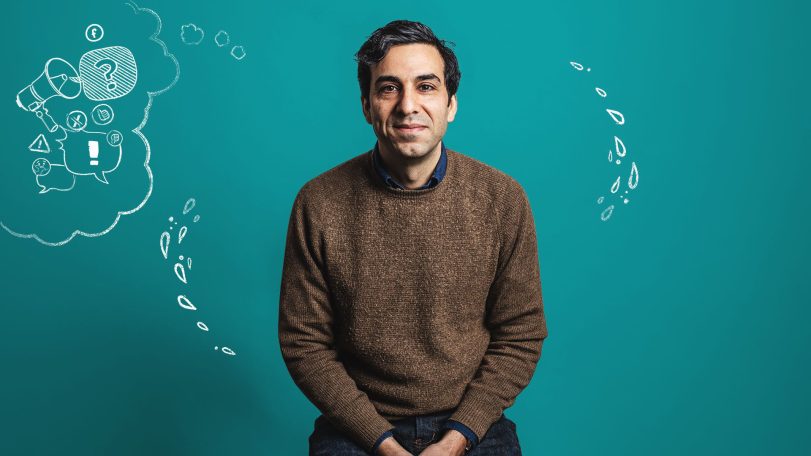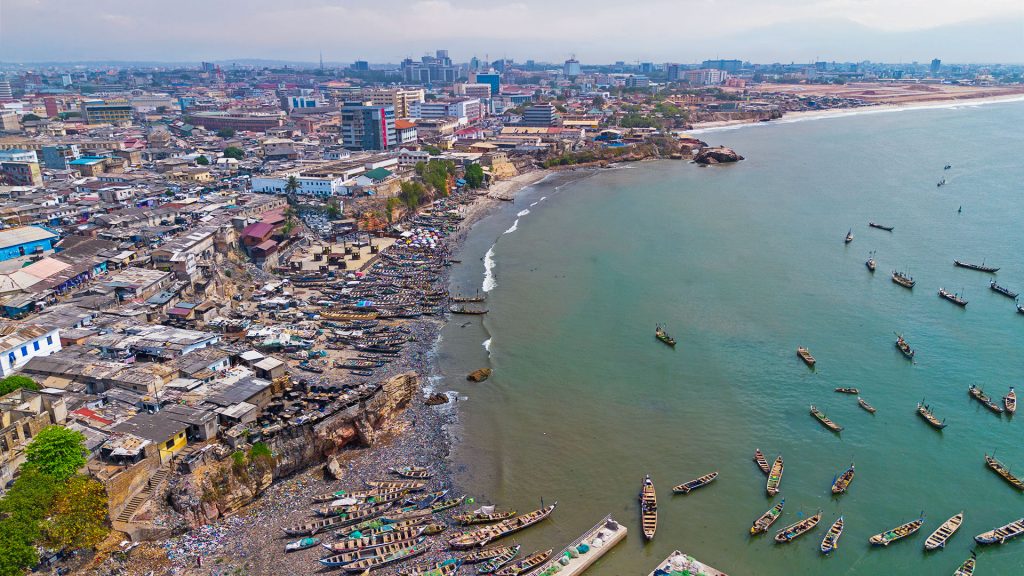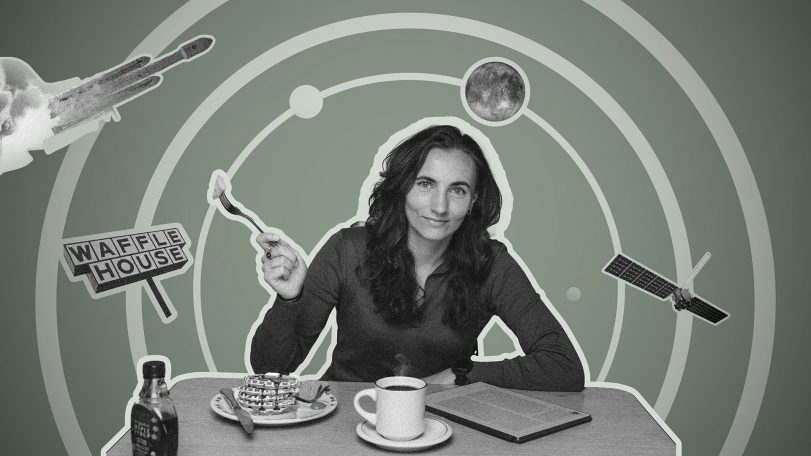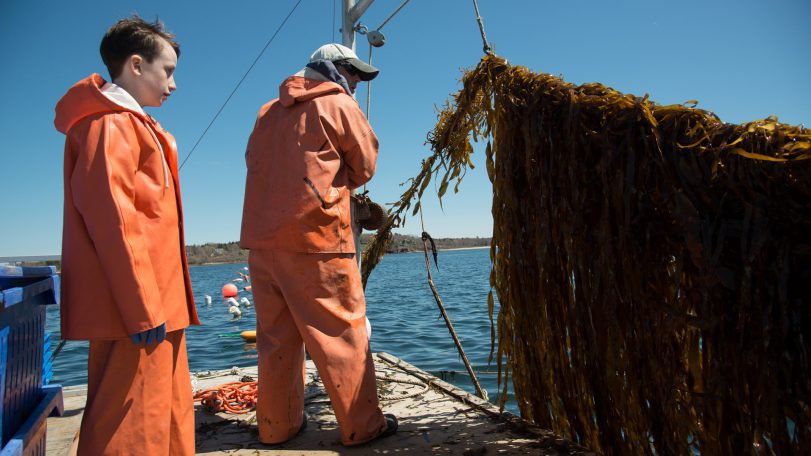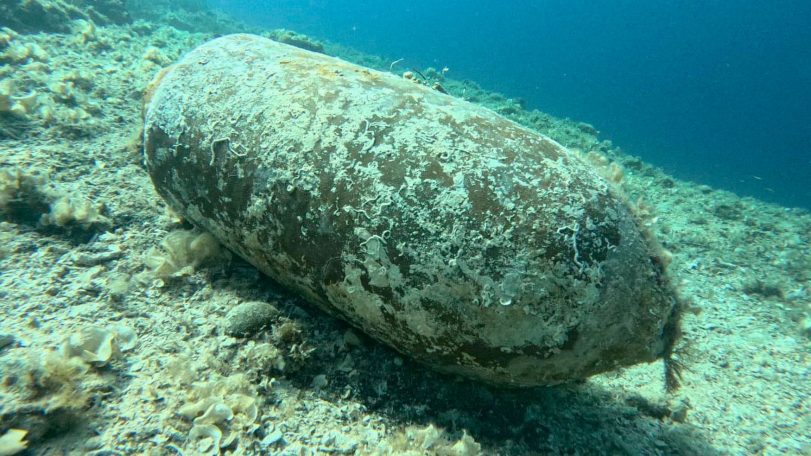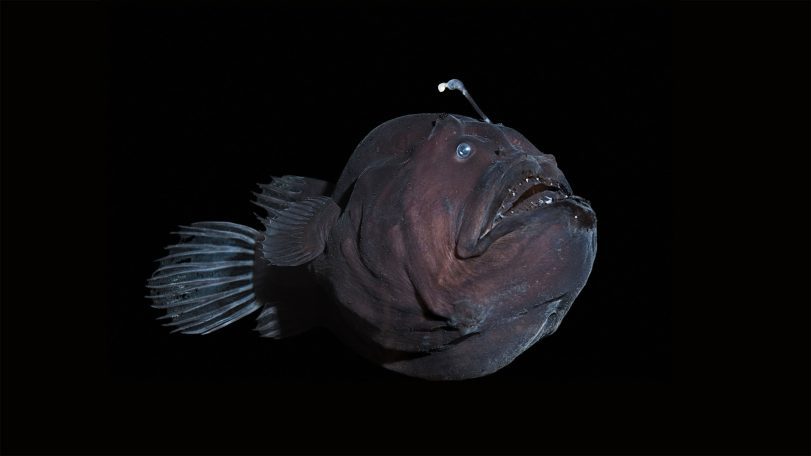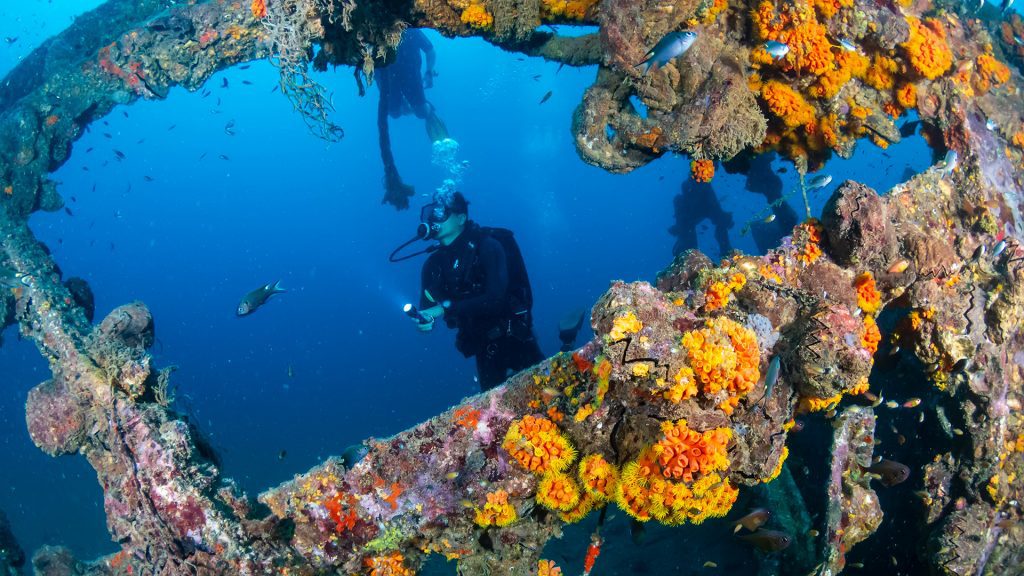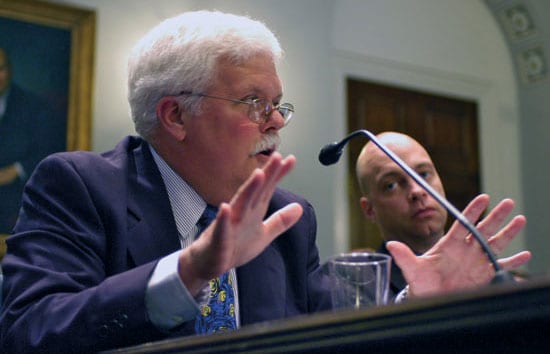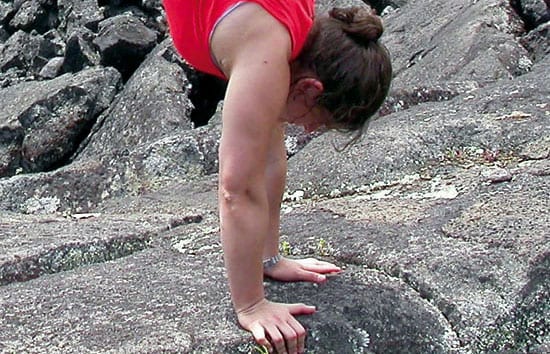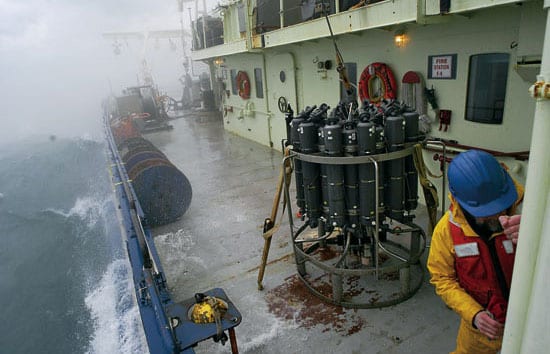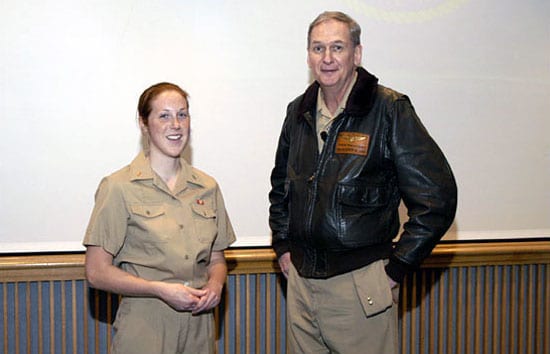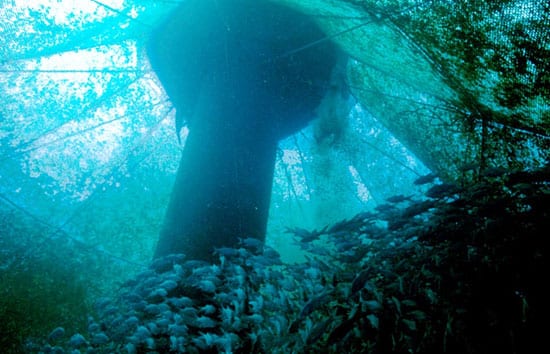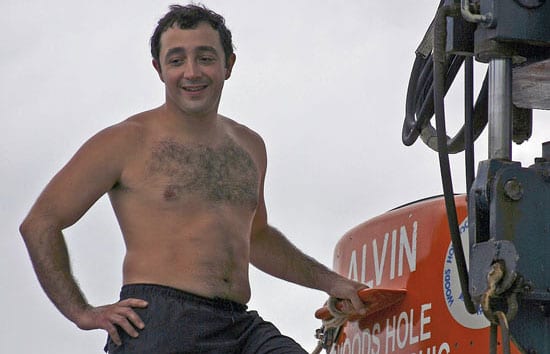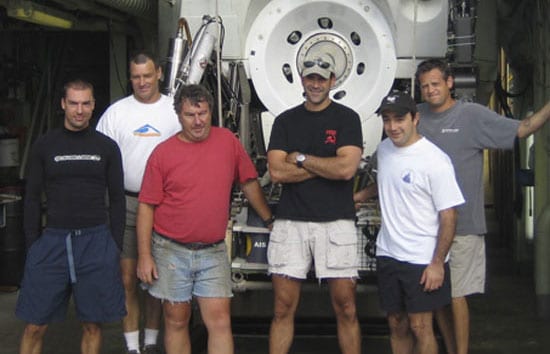
The Ocean (Re)Imagined
How expanding our view of the ocean can unlock new possibilities for life
Body snatchers are on the hunt for mud crabs
WHOI biologist Carolyn Tepolt discusses the biological arms race between a parasite and its host
A polar stethoscope
Could the sounds of Antarctica’s ice be a new bellwether for ecosystem health in the South Pole?
Secrets from the blue mud
Microbes survive—and thrive—in caustic fluids venting from the seafloor

and get Oceanus delivered to your door twice a year as well as supporting WHOI's mission to further ocean science.
Our Ocean. Our Planet. Our Future.
Top 5 ocean hitchhikers
As humans traveled and traded across the globe, they became unwitting taxis to marine colonizers
Following the Polar Code
Crew of R/V Neil Armstrong renew their commitment to Arctic science with advanced polar training
Harnessing the ocean to power transportation
WHOI scientists are part of a team working to turn seaweed into biofuel
Casting a wider net
The future of a time-honored fishing tradition in Vietnam, through the eyes of award-winning photographer Thien Nguyen Noc
Gold mining’s toxic legacy
Mercury pollution in Colombia’s Amazon threatens the Indigenous way of life
How do you solve a problem like Sargassum?
An important yet prolific seaweed with massive blooms worries scientists
Ancient seas, future insights
WHOI scientists study the paleo record to understand how the ocean will look in a warmer climate
Rising tides, resilient spirits
As surrounding seas surge, a coastal village prepares for what lies ahead
Whistle! Chirp! Squeak! What does it mean?
Avatar Alliance Foundation donation helps WHOI researcher decode dolphin communication
We can’t do this alone
For marine chemist Adam Subhas, ocean-climate solutions don’t happen without community
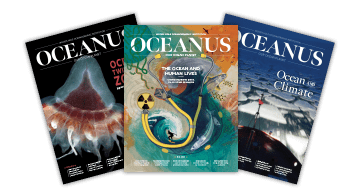
Looking for something specific?
We can help you with that. Check out our extensive conglomeration of ocean information.
How WHOI helped win World War II
Key innovations that cemented ocean science’s role in national defense
Life at the margins
Scientists investigate the connections between Ghana’s land, air, sea and blue economy through the Ocean Margins Initiative
Grits, storms, and cosmic patience
As storms stall liftoff, Europa Clipper Mission Team member Elizabeth Spiers patiently awaits the biggest mission of her life
New underwater vehicles in development at WHOI
New vehicles will be modeled after WHOI’s iconic remotely operated vehicle, Jason
Learning to see through cloudy waters
How MIT-WHOI student Amy Phung is helping robots accomplish dangerous tasks in murky waters
A rare black seadevil anglerfish sees the light
A viral video shows a denizen of the ocean’s twilight zone making an unusual trip to the surface
Unseen Ocean
Artist Janine Wong and scientist Jing He capture the art of currents in “Submesoscale Soup”
Five marine animals that call shipwrecks home
One man’s sunken ship is another fish’s home? Learn about five species that have evolved to thrive on sunken vessels
Joyce, Evans Give Testimony on Oceans to Congress
WHOI scientists Rob Evans and Terry Joyce testified June 8 before the House Subcommittee on Fisheries and Oceans, chaired by Wayne Gilchrest (R-Md.) in a continuing effort to help educate the U.S. House of Representatives on the oceans.
Cartwheeling Grad Student Earns Panteleyev Award
Margaret Boettcher knows a fast stress reliever: turn upside down. “Handstands and cartwheels make people…
Where Currents Collide
In January 2005, a research cruise set out aboard R/V Oceanus for the tumultuous witnertime waters off Cape Hatteras—aptly nicknamed “the graveyard of the Atlantic.” During three weeks riding the waves, WHOI Research Associate Chris Linder kept a journal with pen and camera that includes “relentless North Atlantic storms battering our ship, instrument retrievals in the dead of night with blue water washing over the rail, and science gear shattered by 20-foot waves.”
Double Duty for Ensign/Student Allison Berg
Ensign Allison Berg won the first Pittenger Fellowship for naval officers in MIT/WHOI Joint Program. In collaboration with WHOI Research Specialist Eugene Terray, Berg will conduct a field experiment using Sonic Detection and Ranging (SODAR) systems to study winds near the ocean?s surface.
A Whole New Kettle of Fish
With most of the world?s fisheries already fully exploited or overexploited, the wild catch will not meet increasing worldwide demand for seafood?which the U.S. Department of Commerce projects will triple by 2025. The United States also imports nearly 70 percent of the seafood Americans consume, resulting in an $8 billion shellfishing industry trade deficit.
Anderson Addresses UN Ocean Commission
Senior Scientist Don Anderson of the WHOI Biology Department was invited to deliver the Bruun Memorial Lecture in June at the 23rd annual meeting of the Intergovernmental Oceanographic Commission (IOC) of the United Nations Educational, Social, and Cultural Organization (UNESCO).
In and Out of Harm’s Way
Just a few more miles or a few more minutes. That’s what scientists and some…
At the River’s End
In science, some of the most confounding and interesting questions come from the borderlands, where…
What Is the Alvin Training Program Like?
Like many boys who spend their youths throwing baseballs in Massachusetts parks, Tarantino dreamed of…
Alvin‘s Pilots
Forty summers ago in the Bahamas, two men climbed inside a 23-foot white submarine named…
